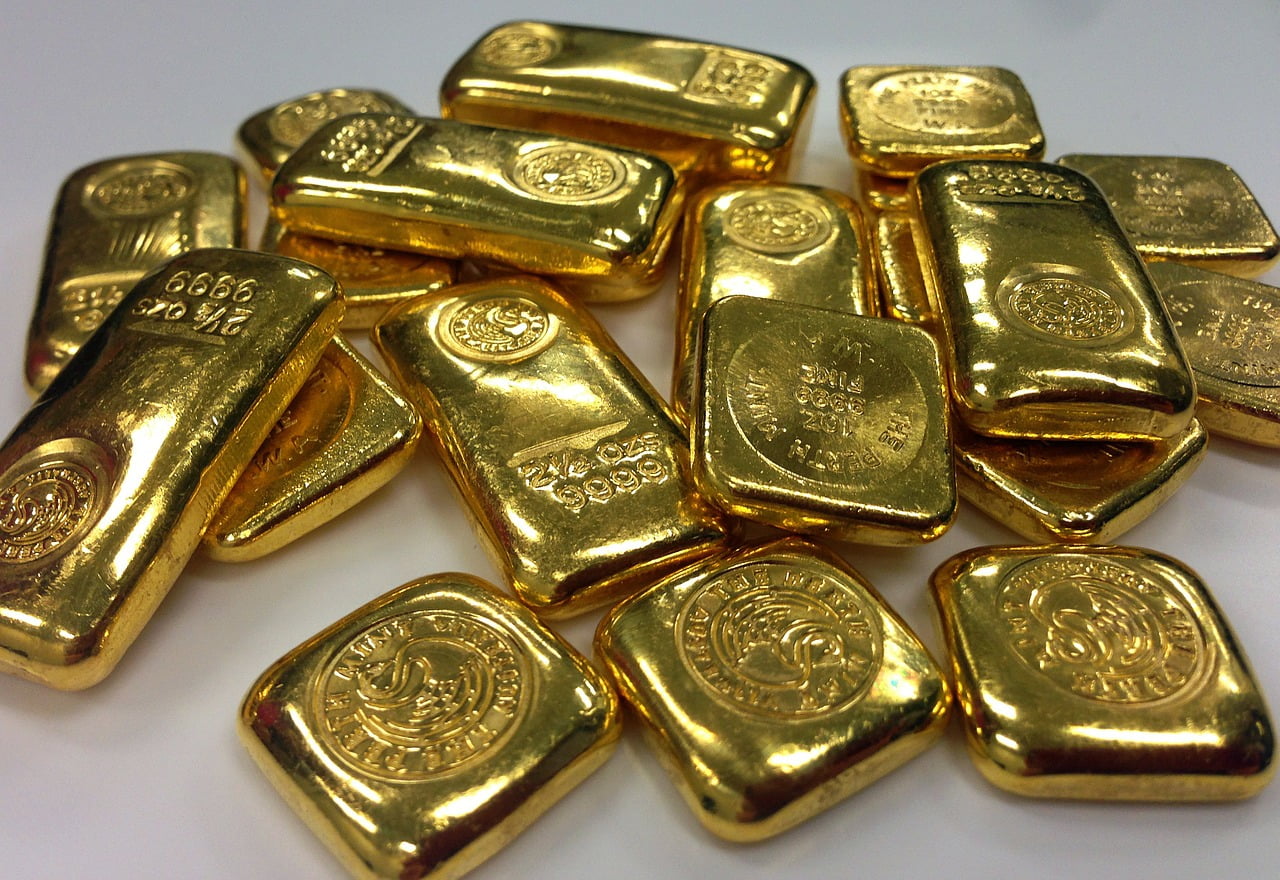Many factors affect the gold price, but Treasury yields have been the one factor that’s been weighing more heavily than the others of late. Last week, the Federal Open Market Committee doubled down on its dovish stance, boosting gold prices as a result.
Q4 2020 hedge fund letters, conferences and more
The FOMC said it would allow inflation to run above its 2% target for an extended period, which weighed on the U.S. dollar. The dollar is generally negatively correlated with gold prices, so at first, the news was good for the yellow metal. However, Treasury yields have continued to rise in the days since the FOMC meeting last week, bringing the gold price back down again.
Treasury yields off and running
On Wednesday, Edward Moya of OANDA said gold prices continued to stabilize as emerging geopolitical risks triggered some safe-haven flows. Selling by gold exchange-traded funds continued for the 27th straight day, but Moya added that the selling pressure is starting to ease.
"Gold seems like it's stuck doing the tango with Treasury yields," Moya explained. "The preliminary Markit PMIs showed prices rose to the highest level since the series began, which helped push the 10-year Treasury yield higher and gold prices lower."
The gold price continued to consolidate on Wednesday, demonstrating that investors didn't expect much from the second day of testimony by Federal Reserve Chairman Jerome Powell and Treasury Secretary Janet Yellen. Instead, they are focusing on the next round of Treasury auctions.
"Foreign demand is expected to remain strong, but if demand is surprisingly weak, the bond market selloff could intensify quickly," Moya added.
Gold and Treasuries are both considered safe-haven assets, so some correlation between them is clear. However, the gold price is correlated with bond prices, while bond prices are negatively correlated to yields. The lower the price on the bond, the higher the yield, and vice versa.
The reason for the negative correlation between gold and yields is because by holding gold, investors lose investing opportunities. Gold doesn't bear any yield, so when bond yields go up, the gold price goes down because capital flows out of the yellow metal and into bonds.
In other words, investors receive a return on their bonds when the yield goes up, but they receive no such return on gold. Thus, although both are safe-haven assets, they perform different functions in a portfolio. When yields fall, gold becomes more attractive because there is no benefit to holding bonds.
Gold price ignores other economic data
Usually, the gold price reacts to economic data, but it has been shrugging off these numbers while Treasury yields have shifted higher and higher. For example, the Commerce Department said durable goods orders in the U.S. declined 1.1% last month, marking the first decline since April 2020. That suggests the months-long manufacturing rebound has paused. Usually, declining economic data would give the gold price a boost, but that didn't happen on Wednesday.
Continued talk about inflation and the Fed's statement that it will allow inflation to run above 2% for a while would normally be good for gold as well. Usually, such talk would be bad for bonds as well because it means that the yield investors earn on them will be worth less and less as time goes on. After all, it means the value of the dollar is reduced.
However, higher yields have remained the big story for gold. Bond yields typically go up when interest rates increase, which is exactly what has happened recently despite the Fed's decision to hold the federal funds rate close to zero for the next few years. Mortgage rates and other interest rates have been climbing as banks tighten up their lending.
A contrarian case for gold
As higher Treasury yields drive the gold price lower, the story for gold has switched around. The once-bullish story has turned bearish due to the economic recovery and rising yields. As a result, the contrarian case is now a bullish one, as it seems nothing can stem the tide of falling gold prices.
However, not everyone is convinced that gold will continue to fall. There's no guarantee that the economic recovery will occur as quickly as most investors are expecting. Economic data points have been mixed for some time, so it doesn't look like the recovery is V-shaped as most were hoping.
Instead, the recovery has been K-shaped, with certain industries recovering while others stagnate. For example, e-commerce is booming, but hospitality and airlines are struggling. Meanwhile, unemployment numbers remain high, which would also usually be good for gold.
Gold technicals have improved, but it doesn't matter
Saxo Bank Head of Commodity Strategy Ole Hansen said in a recent note that even though the technical outlook for gold has improved, it "remains unloved by investors." Total holdings in gold ETFs slumped to a nine-month low at 3,148 tons, marking a 9% decline from the peak last year. Hedge funds have also cut their net long in COMEX gold futures close to its lowest level in two years at 42,000 lots, an 85% decline from the February 2020 peak.
Hansen added earlier this week that buyers returned to gold for the first time since January, and hedge funds' net long position jumped 30% to 54,700 lots in a combination of new longs and short covering. However, the yellow metal couldn't hang on as it continues to take a beating from yields.













